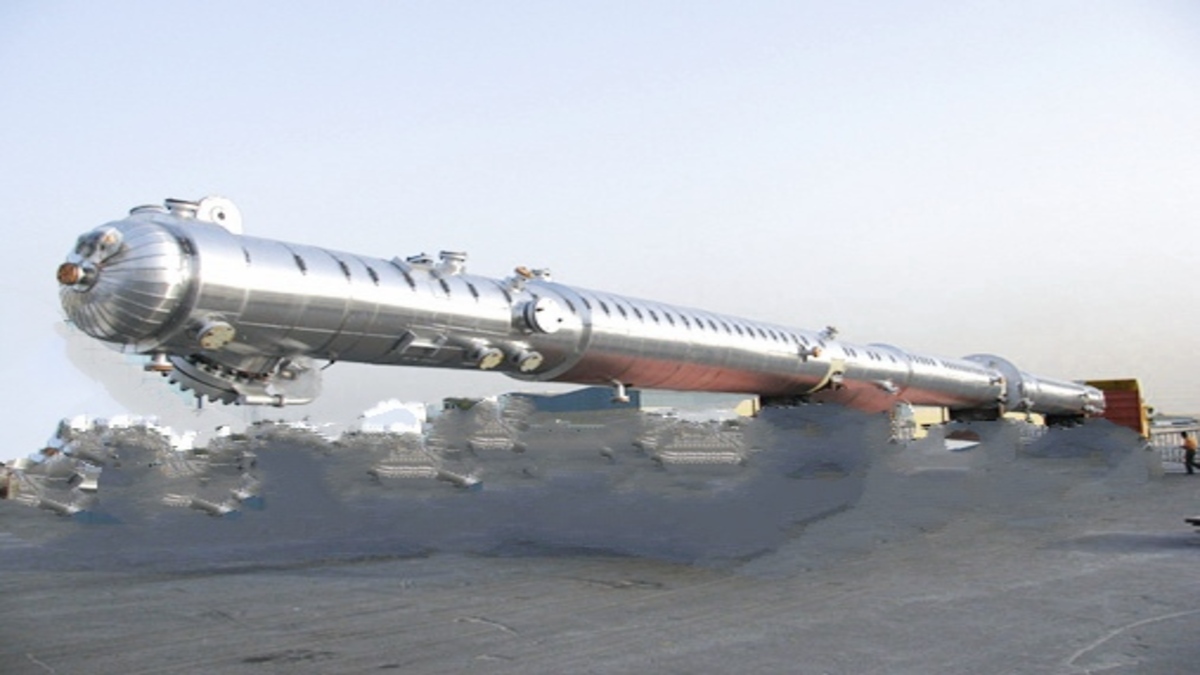Table of Contents
What Is Pressure Vessel?
Pressure vessel is device which is used to hold liquids at high pressure. An ordinary container can not hold high pressure liquids. That is why pressure vessels are used to keep liquid safe. Pressure vessels designed for human occupancy are subjected to strict safety rules to ensure their safe use.

The construction of a pressure vessel takes into account various factors such as the size of the container, the contents it will hold, the working pressure, and any mass constraints.
Due to the potential hazards associated with their use, the design, manufacture, and operation of pressure vessels are subject to stringent regulations by engineering authorities and legislation. It is important to note that the definition of a pressure vessel may vary from one country to another.
In order to ensure safety, the design of a pressure vessel takes into consideration various parameters, including the maximum safe operating pressure and temperature, safety factor, corrosion allowance, and minimum design temperature to prevent brittle fracture. Non-destructive testing methods, such as ultrasonic testing, radiography, and pressure tests, are used to test the construction of a pressure vessel.
To test the construction of a pressure vessel, hydrostatic pressure tests are commonly used, using water as the test medium due to its relative safety compared to gas testing. In addition, pressure relief devices may also be fitted to enhance the overall safety of the system.
Pressure vessels above a certain size and pressure must be built according to a formal code. An local government inspector must sign off on the construction of each new vessel, and each vessel has a nameplate that provides critical information, including its maximum allowable working pressure, maximum temperature, and registration number.
Uses
- Industrial compressed air receivers – Used for storing compressed air in manufacturing.
- Boilers – Used for generating steam in power plants and factories.
- Domestic hot water storage tanks – Used for storing hot water in homes.
- Diving cylinders – Used for storing compressed air for scuba diving.
- Recompression chambers – Used for treating decompression sickness in divers.
- Distillation towers – Used for separating different components in chemical manufacturing.
- Pressure reactors – Used for chemical reactions under high pressure.
- Autoclaves – Used for sterilizing medical equipment and laboratory instruments.
- Storage vessels for high pressure permanent gases and liquefied gases – Used for storing gases at high pressure.
- Passenger cabin of an airliner – Used for maintaining cabin pressure during flight.
Faqs
A container designed to hold fluids or gases at high pressure.
Steel, stainless steel, aluminum, titanium, and composite materials.
Unfired, fired, and cryogenic pressure vessels.
To ensure safe containment of pressure without leaks or ruptures.
Pressure vessels hold high-pressure fluids or gases, while storage tanks hold fluids at atmospheric pressure.
Depends on design, construction, and material used.
A type of pressure testing using water to check for leaks or structural integrity.
ASME, European Pressure Equipment Directive, and Canadian Standards Association B51 Code.
Proper design, inspection, testing, operator training, and following operating procedures.
Internal pressure is the pressure inside the vessel, external pressure is outside the vessel. The difference creates stress on the vessel’s walls.
